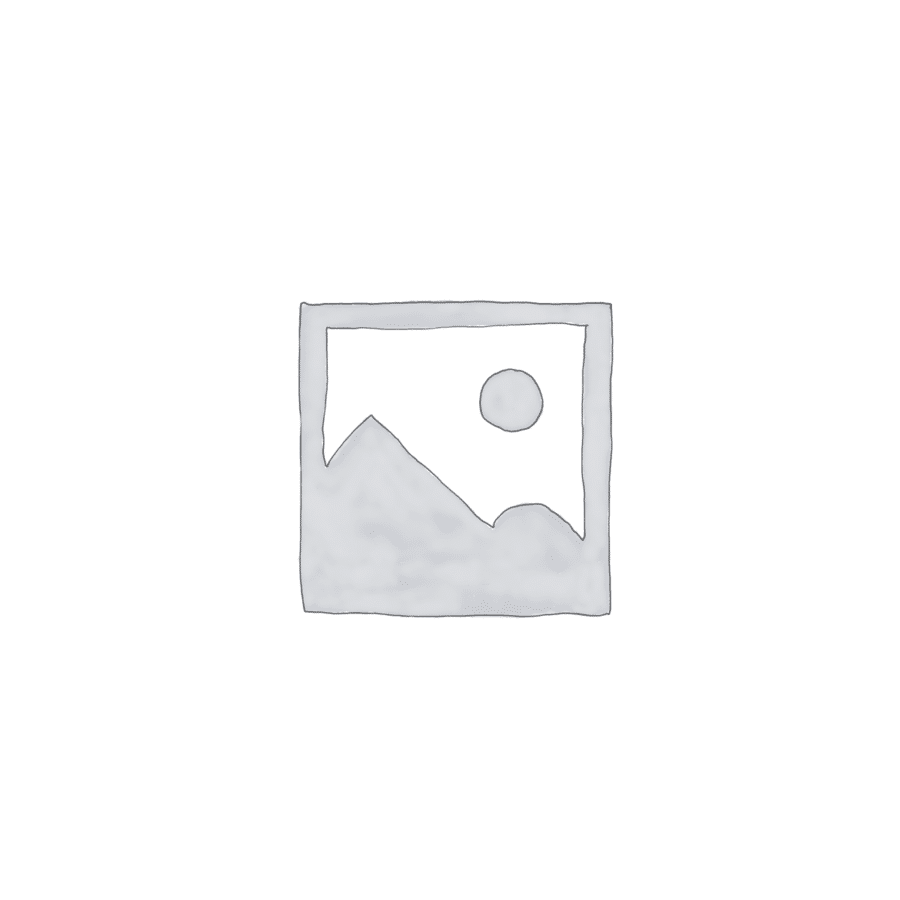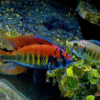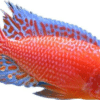To provide the best experiences, we use technologies like cookies to store and/or access device information. Consenting to these technologies will allow us to process data such as browsing behaviour or unique IDs on this site. Not consenting or withdrawing consent, may adversely affect certain features and functions.
The technical storage or access is strictly necessary for the legitimate purpose of enabling the use of a specific service explicitly requested by the subscriber or user, or for the sole purpose of carrying out the transmission of a communication over an electronic communications network.
The technical storage or access is necessary for the legitimate purpose of storing preferences that are not requested by the subscriber or user.
The technical storage or access that is used exclusively for statistical purposes.
The technical storage or access that is used exclusively for anonymous statistical purposes. Without a subpoena, voluntary compliance on the part of your Internet Service Provider, or additional records from a third party, information stored or retrieved for this purpose alone cannot usually be used to identify you.
The technical storage or access is required to create user profiles to send advertising, or to track the user on a website or across several websites for similar marketing purposes.















Emily Carter (verified owner) –
I recently added the Aulonocara Sp. Calicocalico Peacock Cichlid to my 55-gallon aquarium, and I couldn’t be happier! After about two weeks, this lively little guy has really settled in and has become the star of the tank. His vibrant colors are simply jaw-dropping, and he’s already shown a fascinating personality. I love watching him dart around, showcasing his natural behavior, which is a huge plus for any freshwater fish enthusiast.
These peacock cichlids are fantastic for community tanks, but I do recommend ensuring they have plenty of hiding spots to feel secure. Compared to other cichlids I’ve kept, the Calicocalico is much more engaging and less aggressive, making him perfect for those looking to add some color without the worry of territorial disputes.
I purchased mine from a reputable seller, and he arrived healthy and well-packaged. I appreciate that the seller provided care instructions, which were super helpful! If you’re a caring fish parent like me, and you’re looking for a vibrant aquarium fish that’s both beautiful and captivating, I highly recommend the Aulonocara Sp. Calicocalico. You won’t be disappointed!